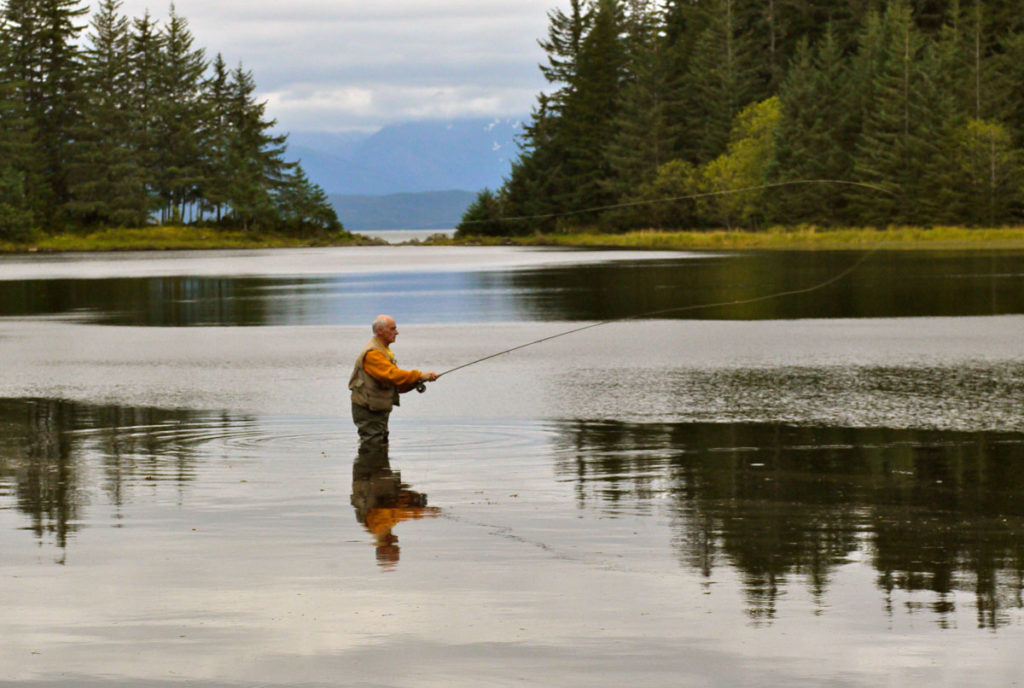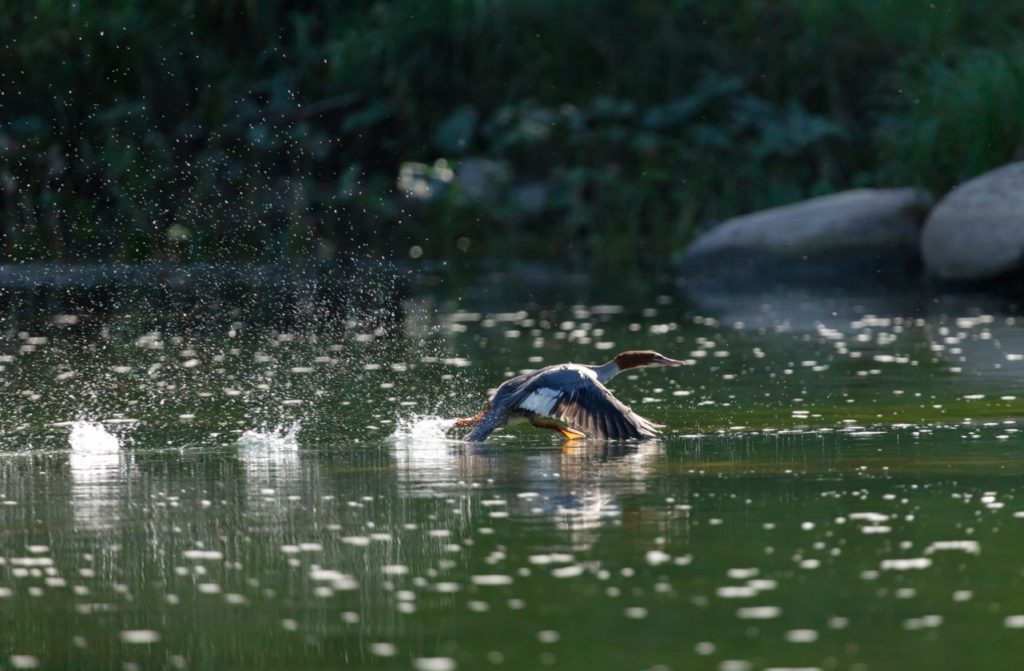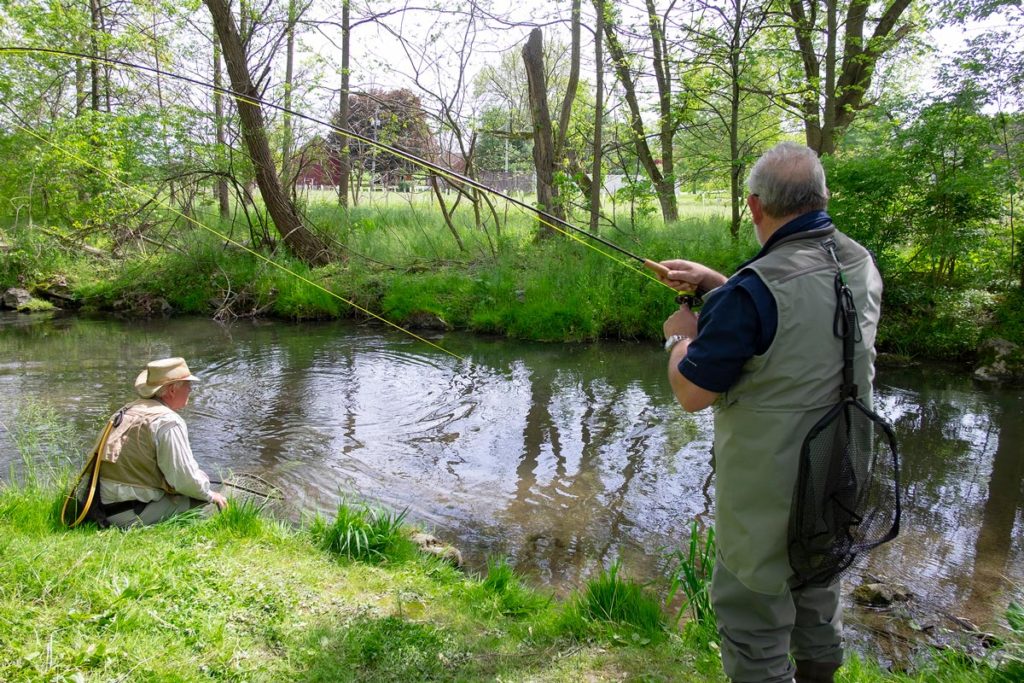Overview of the issue
The Clean Water Act, with its goal “to restore and maintain the chemical, physical, and biological integrity of the Nation’s waters,” is our most powerful tool for safeguarding water quality, wetlands, and riparian habitat. Passed in 1972, the Act has been wildly successful, significantly increasing the percentage of “fishable” and “swimmable” streams in the United States. The Act has helped to hold polluters accountable, provide communities with funding to help clean up damaged habitat, and prevent 700 billion pounds of toxic pollutants from entering our nation’s waters each year.
How Does the Clean Water Act Work?
The Clean Water Act helps to protect rivers, streams, and wetlands through two permitting programs. One requires permits for any point source—for example, discharges from a factory or wastewater treatment plant—discharging into “waters of the United States,” thereby limiting pollutants added to lakes and streams. The second requires permits for the discharge of dredge and fill materials, mostly from construction activities. The Environmental Protection Agency and U.S. Army Corps of Engineers, respectively, issue these permits, but the Act allows states the authority to make permitting decisions for activities that discharge pollutants to streams and wetlands within their borders. The states also establish water quality standards for every water body and the EPA approves these.
These authorities, working in concert, ensure that the Clean Water Act protects our outdoor recreation opportunities and drinking water.
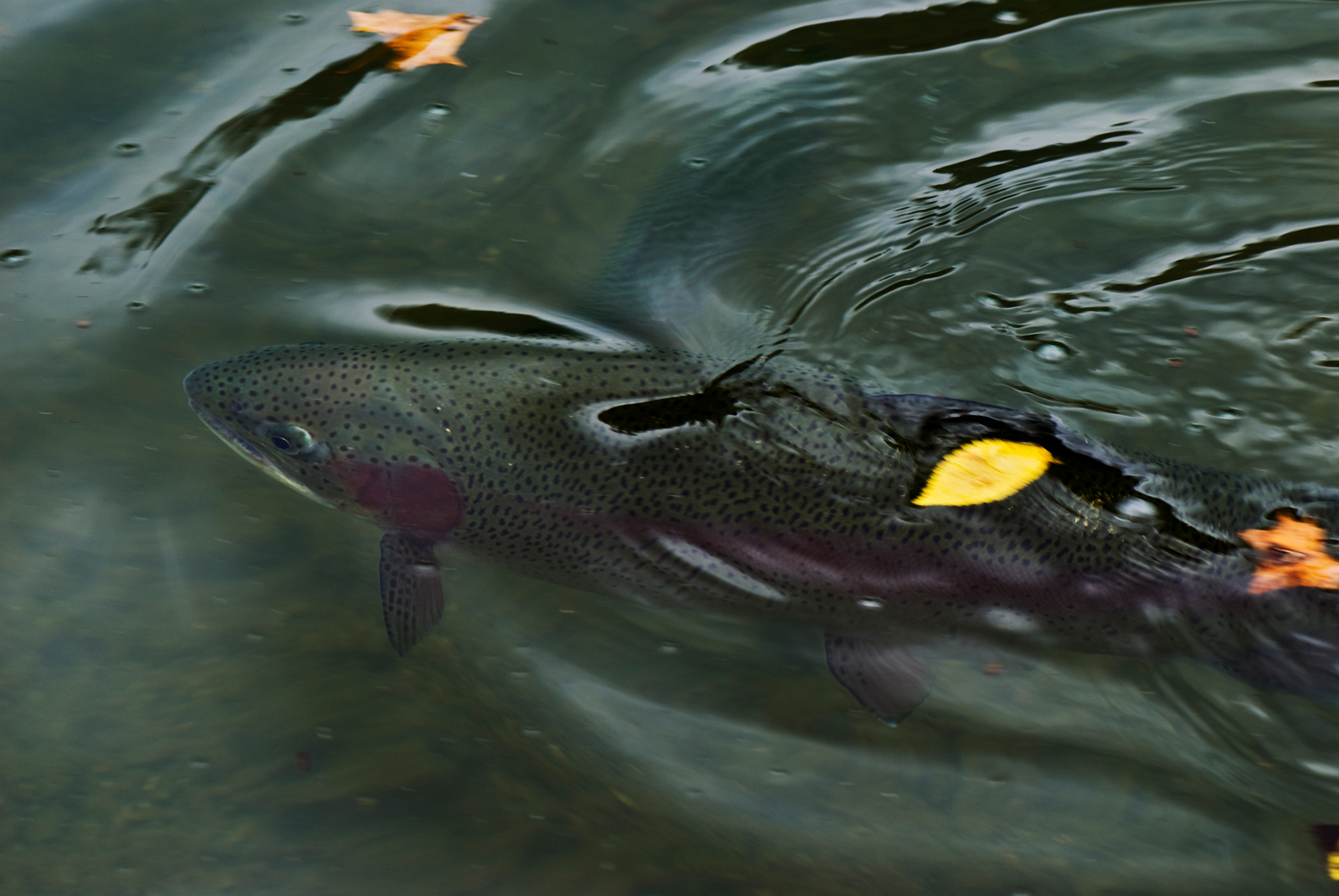
Threats to America’s Headwaters and Wetlands
Clean, productive wetlands and headwater streams are essential for hunters and anglers. Wetlands provide critical migratory and nesting habitat for waterfowl, and small, headwater streams provide important nursey habitat for salmon and trout. These small streams and wetlands also reduce flooding, filter pollution, and recharge aquifers.
Sportsmen and women, historically and currently, have been strong proponents of protecting clean water, including in headwaters streams and wetlands. A 2018 national poll carried out for the TRCP confirmed that:
- 92% of sportsmen and women want the federal government to strengthen or maintain current standards for clean water protections.
- 93% of hunters and anglers believe that the Clean Water Act has been a positive thing for our country.
- 4 out of 5 sportsmen and women not only support restoring Clean Water Act protections for headwaters streams and wetlands, but their commitment is firm enough that they would be willing to pay more in taxes to restore and/or maintain our nation’s waters.
Despite this support and the Clean Water Act’s successes, two Supreme Court cases in 2001 and 2006—and subsequent federal agency actions—have left us without a shared understanding of which bodies of water the Act protects.
In 2015, after an extensive public process, and based on a massive study of hundreds of scientific articles about water quality, the EPA and Corps adopted a rule to clarify federal jurisdiction over the “waters of the United States.” The rule would have helped conserve the roughly 60 percent of streams and 20 million acres of wetlands that were at risk of being polluted or destroyed because of jurisdictional confusion.
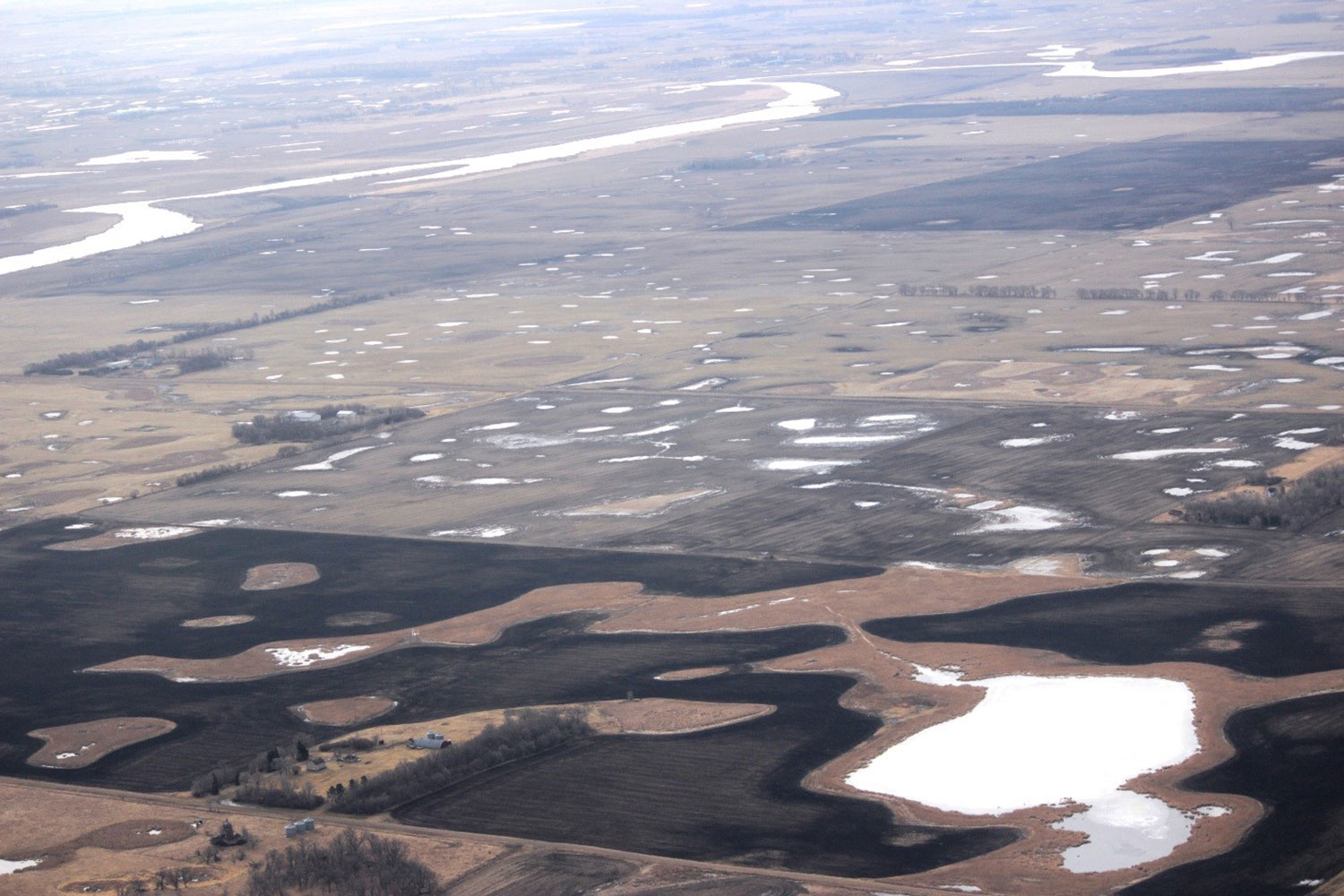
These waters, and the downstream waters into which they flow, provide drinking water for millions of Americans and essential habitat for fish and wildlife, supporting a robust outdoor recreation economy worth $887 billion annually.
Implementing the 2015 rule would have helped to slow the loss of wetlands, which are critical to fish and wildlife. In the last 200 years, the nation has lost more than half of its wetlands. Trends slowed with the passage of the Clean Water Act, but the most recent national assessment of wetland trends documented a 140-percent increase in the rate of wetlands lost—the first acceleration of wetlands loss since the Clean Water Act was enacted 45 years ago.
Unfortunately, as a result of direction in a 2017 Executive Order, the EPA and Corps repealed this 2015 rule. Then in 2020, the agencies issued the Navigable Waters Protection Rule. Based on the opinion of a minority of Supreme Court Justices written in 2006, this new rule left millions of miles of headwater streams and 20 million acres of wetlands without Clean Water Act protections, a certain tragedy for fish and wildlife, hunting and fishing, and clean water.
Hunting and angling organizations strongly opposed the new rule, which reversed decades of protections that were put in place to ensure clean water for future generations. Some challenged the new rule in court. The Biden Administration has already announced that it will begin work to adopt another rule, likely more similar to the 2015 Clean Water Rule.
Other Attacks on the Clean Water Act
In recent years, there have been other attempts to weaken the impact of the Clean Water Act. In 2020, the EPA issued a rule that restricts the states’ authority to impose conditions on pending development permits that could affect water quality and reduces the time that states can take to review these applications. Without state collaboration and due diligence, increased damage to habitat is likely.
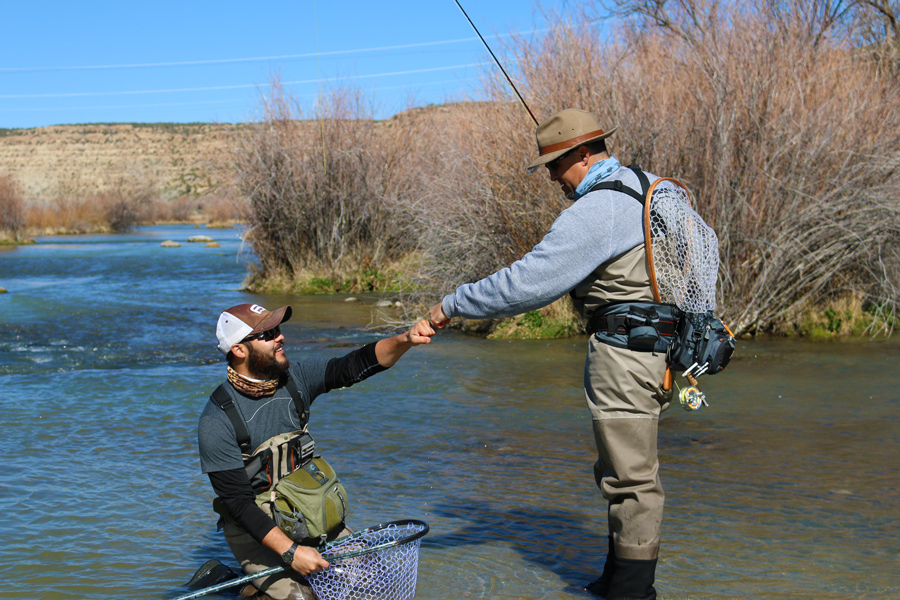
What Is TRCP Doing?
As an organization that exists to guarantee all Americans quality places to hunt and fish, the TRCP is working with its partners to restore protections for streams and wetlands and defend against further attacks on the Clean Water Act—and all our nation’s bedrock conservation laws.
Specifically, we are engaged on two fronts to reverse the agencies’ 2020 rules. First, the TRCP has joined with several partners to file “friend of the court” briefs in litigation. These briefs explain why protection of small headwaters and wetlands is so important to our nation’s fish and wildlife and how restoring state authority would help to protect water quality. In addition, the TRCP has already begun to talk to the Biden Administration about revision of both rules, which need to be based on strong science and a forward-thinking approach to watershed conservation.
American sportsmen and women want cleaner water, better fish and wildlife habitat, and conservation improvements that build on the successes of the past. We need federal tools that ensure this can happen. With all the other threats to our nation’s waters, now is not the time for the federal government to abandon its responsibility to conserve the streams and wetlands that support healthy fish and wildlife populations.
A Brief History
Clean Water Act


